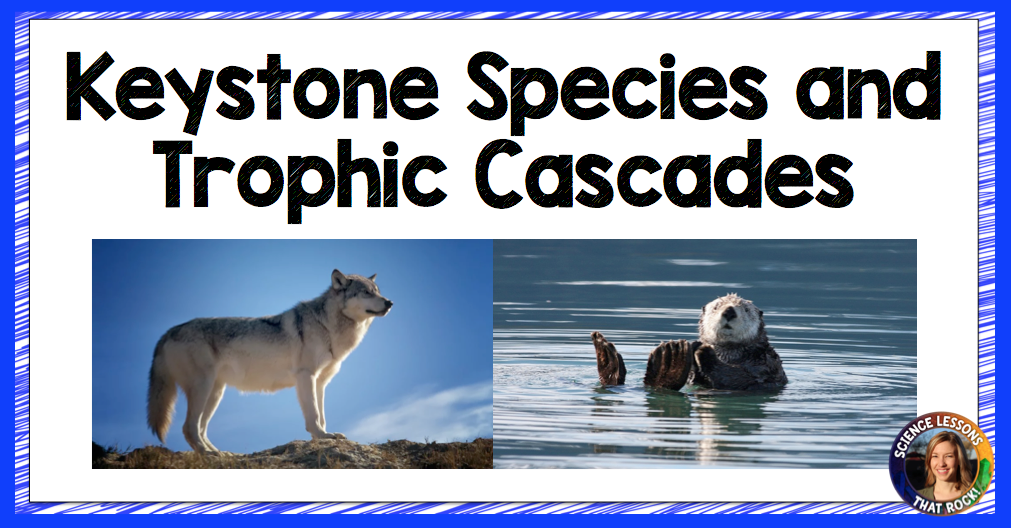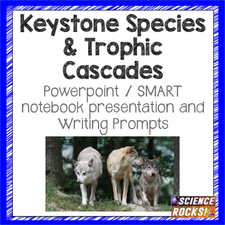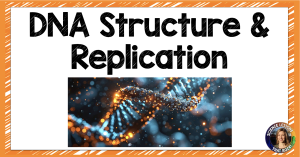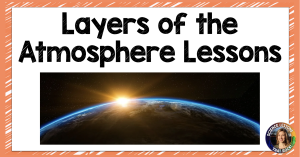When I moved up from teaching middle school to high school and was looking at my new curriculum I saw the term “keystone species” and scratched my head. It was a term I had never heard before and didn’t remember learning in college. After learning about the terms
keystone species and
trophic cascades I fell in love with ecology a little more (if that is possible). These topics are so fascinating to me and I love teaching them to my students.
If you aren’t familiar with the term (like I was) then here is the gist: A keystone species is a species that has an unusually large effect on it’s ecosystem. Other species in the ecosystem rely on them to keep everything in balance. When the keystone population is disrupted, trophic cascades can occur. A trophic cascade occurs when predators limit the density and/or behavior of their prey and thereby enhance the survival of the next lower trophic level. I explain to my students that it is like a domino effect- once one part of the food web gets disrupted, everyone else will be effected in some way as well.
I have created and found some really good resources that you can use to introduce or reinforce these concepts:
2. HHMI Biointeractive’s website has some KILLER biology resources. (Side note: If you haven’t checked out their
evolution resources, please do it now! You won’t regret it!) They have a great video on keystone species and trophic cascades that is 19 minutes long. You can find the video
HERE and there is a student worksheet that can be downloaded
HERE.
4. Another great video for this topic is called “How Wolves Change Rivers.” It can be found on
Youtube HERE. The video is about the re-introduction of wolves to Yellowstone National Park, and the impact they made on every other species in the ecosystem. It also takes it a step further and talks about how abiotic factors (such as the rivers) were affected as well. This video is only 4 minutes long, but is full of information so I usually show it once, have a class discussion, and then show it a second time to make sure they understand everything.
This is a fun topic to teach, so don’t skip it when you are teaching ecology! It brings up great student discussions!
Want to repin this blog post? Click here to repin!









